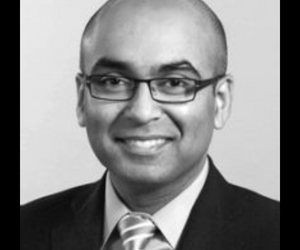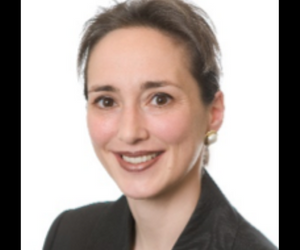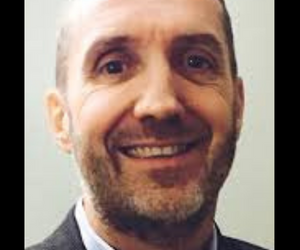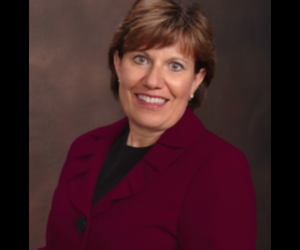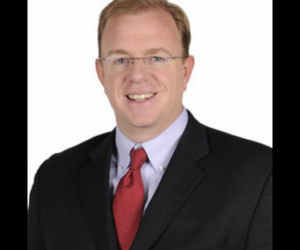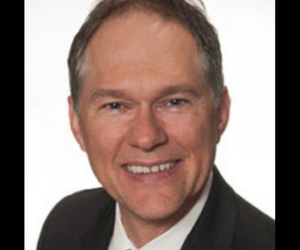The World’s Reference Library for Minerals
What is the most widely viewed museum object in the world?
The answer is, the Smithsonian’s Hope Diamond.
If you’re one of the roughly 30 million people who will be visiting the Smithsonian Institution in Washington, D.C. during the Institution’s 150th Anniversary celebration, be sure to see the Hope Diamond. It’s located on the second floor of the National Museum of Natural History.
When you see the Hope Diamond, you’re looking at one of the rarest and most precious gems on earth. If no one has prepared you for it, you’d probably expect a large, sparkling colorless stone. True, the Hope Diamond is large but the diamond itself is a glittering violet-blue. There’s a radiance to it so lovely that you can understand why kings, like Louis XIV of France and George IV of England, treasured the gem.
The Hope Diamond is just one small part of the Smithsonian’s gem and mineral collection. Since the Smithsonian’s mission is “the increase and diffusion of knowledge,” there’s more to the Smithsonian’s collection than just this astonishingly beautiful gem.
The Hope Diamond is actually a mineral, and behind the scenes at the Smithsonian is the world’s preeminent mineral collection. The collection includes samples of each of the world’s more than 4000 known minerals. Minerals often come in different forms, so there are samples of many known varieties of the individual minerals.
The World’s Reference Library for Minerals
The scale of the collection is impressive. To visualize the museum’s collection of just one of these minerals, quartz , imagine a drawer from your dresser. Then imagine that your dresser is 18 drawers high and 7 drawers wide. Each of those drawers might contain 20 to 50 different varieties of quartz.
The collection contains, to the best of our current knowledge, all the varieties of quartz from the entire world. The collection is available to scholars from throughout the world. It is, in the words of Randall Kremer, a Smithsonian spokesman, “The World’s Reference Library for Minerals.”
Scholars can borrow samples or can request minute shavings for study and experimentation.
The minerals are available at no charge, but the Smithsonian nevertheless gets something priceless in return. Each scholar or scientist who uses Smithsonian specimens is asked to share their results with the Smithsonian. In this way, the Smithsonian has become one of the world’s most outstanding repositories of information on minerals
It’s a good deal for the Smithsonian and for this country as well because it means an ever-expanding knowledge base about minerals. The implications of this are almost beyond imagination. To get a glimpse of the importance of minerals, look at a city skyline, and consider that most of the raw materials for all the buildings you see come from minerals. Whether it’s the steel in the girders, or the silicon in the glass windows, or the cement foundations, it’s minerals that make up the buildings.
Or think of an automobile. Almost everything in it, from the iron and steel and aluminum in the body, to the tungsten in the headlights or the copper in the wiring, comes from minerals. Minerals are a basic natural resource and the more we know about them, the more wisely we can use them.
The Hope Diamond may be the showiest of the minerals, but in the view of Linda Welzenbach, one of the Smithsonian’s geologists, “all minerals matter.”
Search Blogs
Latest Posts
Russia’s Unusual New Method Of Attack: Fake Bomb Threats – OpEd
https://www.eurasiareview.com/10042024-russias-unusual-new-method-of-attack-fake-bomb-threats-oped/ Publication – eurasiareview.com
Kasparov: “Dictators Tell the Truth About What They Plan for the Future”
https://www.realclearworld.com/articles/2024/04/10/kasparov_dictators_tell_the_truth_about_what_they_plan_for_the_future_1024086.html Publication – realclearworld.com
Kasparov: We Cannot Forget the Lessons of History With Putin
https://www.realclearhistory.com/2024/04/10/kasparov_we_cannot_forget_the_lessons_of_history_with_putin_1024181.html Publication – realclearhistory.com
In Propaganda War, Ukraine ‘s Best Defense Is an Offense
https://www.newsmax.com/world/globaltalk/ukraine-russia-propaganda/2024/04/09/id/1160313 Publication – newsmax.com
Subscribe to Updates
About Author

Mitzi Perdue is the widow of the poultry magnate, Frank Perdue. She’s the author of How To Make Your Family Business Last and 52 Tips to Combat Human Trafficking. Contact her at www.MitziPerdue.com
All Articles
Volatile Markets? Try Non-Correlated Investments
Volatile Markets? Try Non-Correlated InvestmentsAt a recent meeting of the Ritossa Family Office Summit in Dubai, Jagdeesh Prakasam said something that caught the attention of the several hundred investors who were listening to him. He said that by using artificial...
Family Governance Issues: Are You Struggling with Them
Family Governance Issues: Are You Struggling with ThemFamily businesses resemble countries in at least one key way. When you get the governance right, people have a chance at prospering and thriving. If you get it wrong, the result can mean unending distress. Babetta...
Family Businesses, a Unique Treasure to Their Communities
Family Businesses, a Unique Treasure to Their CommunitiesOlivier de Richoufftz from the Family Business Foundation knows something you probably don’t know about the Michelin Tire Company. This company contributes something of amazing and irreplaceable value to its...
What Coaching can do for you
What Coaching Can Do For YouKaren Snyder founded Concordia Consulting 27 years ago. Through her work, she helps senior executives and their teams achieve extraordinary results by working collaboratively. What has Karen learned in those 27 years that can help all of...
Entrepreneurs in the Family Business: Without Them, You’re at Risk!
Entrepreneurs in the Family Business: Without Them, You're at Risk!Entrepreneurship is essential for a family business to thrive. According to Bobby Stover, EY Americas Family Office Leader, “A family business that doesn’t find new opportunities is a family business...
Chad Naylor’s Investments and His Not-So-Secret Sauce
Chad Naylor’s Investments and His Not-So-Secret SauceBy Mitzi Perdue Chad Naylor from Naylor & Company Investments, LLC has an investment thesis that’s enabled him to make some extraordinary profits. Since the company’s founding over 14 years ago, their...

